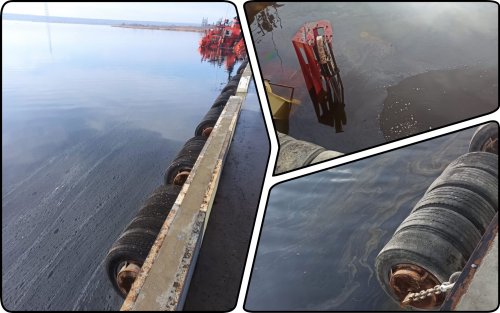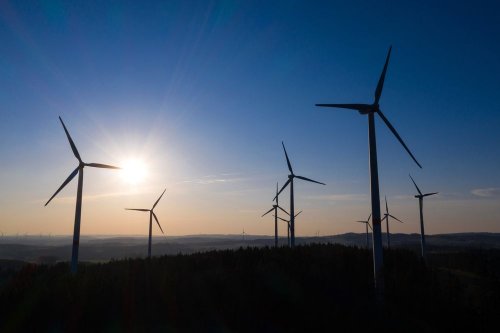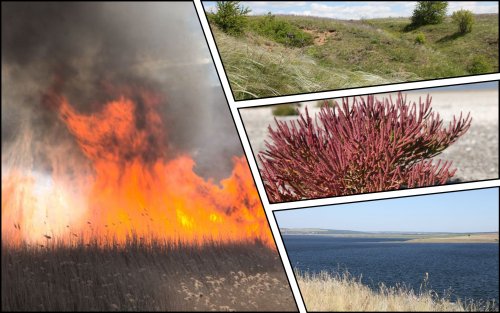Mykolaiv region — latest ecology news

The cost of land reaches 77 million hryvnias

On February 22, trees were crowned again on Sobornia Street, because the regional council's recommendations have not yet been implemented

The correspondents plan to contact the regulatory authorities

There are 3 more cases of this category under consideration in the courts, and prosecutors have prepared 4 similar lawsuits

The day after the accident, the content of oil products exceeded the norm by 7-8 times

In Kyiv, the level of PM2.5 dust reached 117

The court will make a decision on bringing to administrative responsibility

Materials related to the detected pollution will be handed over to law enforcement agencies

The official faces imprisonment for up to 5 years

The wind farm will reduce annual carbon emissions by 1.7 million tons

Several more similar projects are planned to be implemented in the region

Wild nature and unique ecosystems are well preserved on the territory of the landscape park
